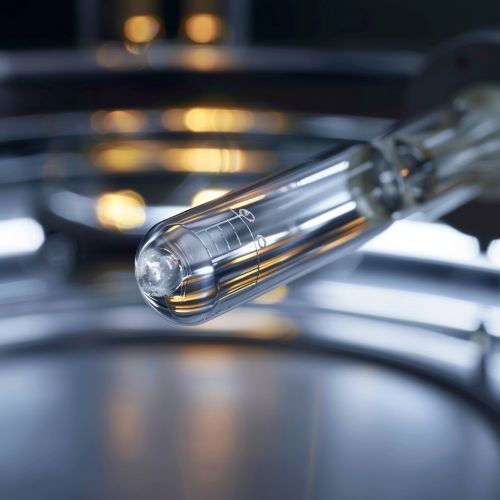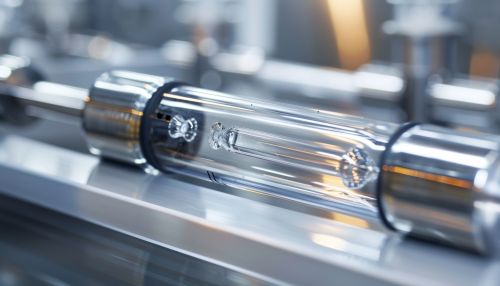Argon
Introduction
Argon is a chemical element with the symbol Ar and atomic number 18. It is in group 18 of the periodic table and is a noble gas. Argon is the third-most abundant gas in the Earth's atmosphere, at 0.934% (9340 ppmv). It is more than twice as abundant as water vapor (which averages about 4000 ppmv, but varies greatly), 23 times as abundant as carbon dioxide (400 ppmv), and more than 500 times as abundant as neon (18 ppmv). Argon is the most abundant noble gas in Earth's crust, comprising 0.00015% of the crust.


History
Argon was discovered in 1894 by English chemist Lord Rayleigh and Scottish chemist Ramsay. It was isolated by examination of the residue obtained by removing nitrogen, oxygen, carbon dioxide, and water from clean air. Argon was named after the Greek word "argos" meaning "lazy" or "inactive", in reference to its chemical inactivity.
Characteristics
Argon is a colorless, odorless, tasteless and non-toxic gas. It is inert under most conditions and forms no confirmed stable compounds at room temperature. Although argon is a noble gas, it can form some compounds under extreme conditions. These include argon fluorohydride (HArF), a compound of argon with fluorine and hydrogen that is stable below 17 K.
Argon's complete octet of electrons indicates full s and p subshells. This full outer energy level makes argon very stable and extremely resistant to bonding with other elements. It has low thermal conductivity and is denser than air. Argon is colorless in both its liquid and gaseous forms. Its spectrum of lines in the red and violet is notable.
Isotopes
Naturally occurring argon is composed of three stable isotopes, ^36Ar, ^38Ar, and ^40Ar. In the Earth's atmosphere, ^40Ar, the result of the radioactive decay of potassium, makes up the majority of the naturally occurring isotopes. The isotopic composition of argon in the Earth's atmosphere is 99.6% ^40Ar, 0.34% ^36Ar, and 0.06% ^38Ar.
Production and uses
Commercially, argon is produced as a byproduct of the production of oxygen and nitrogen from air by the cryogenic distillation process. It is used primarily for its properties as a noble gas in applications where reactions are not wanted. For example, in arc welding, argon is used to shield the weld area from atmospheric gases such as nitrogen and oxygen, which can cause fusion defects, porosity, and weld metal embrittlement if they come in contact with the electrode or molten weld pool.
Argon is also used in the production of titanium, zirconium, and other high-purity metals. It is used as a protective atmosphere in growing silicon and germanium crystals, the manufacture of stainless steel, and in the synthesis of organic compounds to protect them from oxidation or other reactions with air.
In the lighting industry, argon is used in incandescent and fluorescent lamps. It is also used in some types of Geiger counters and in the production of "neon" type advertising signs (the "neon" is actually argon).
Safety
Argon is considered to be non-toxic. However, its density can displace oxygen in the air and can pose a suffocation risk in closed areas. It is also a cryogenic liquid, which can cause frostbite on contact with skin.
